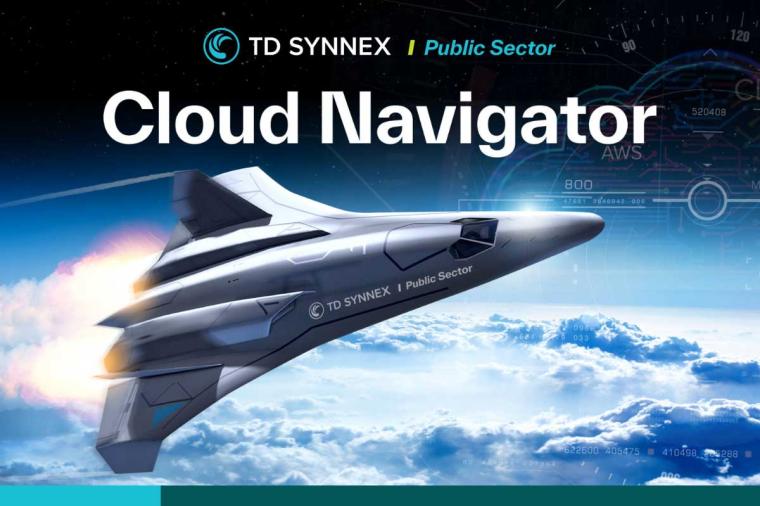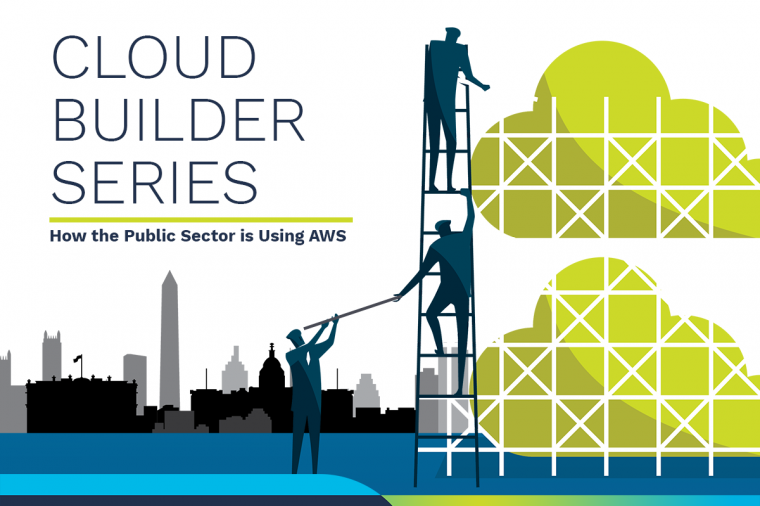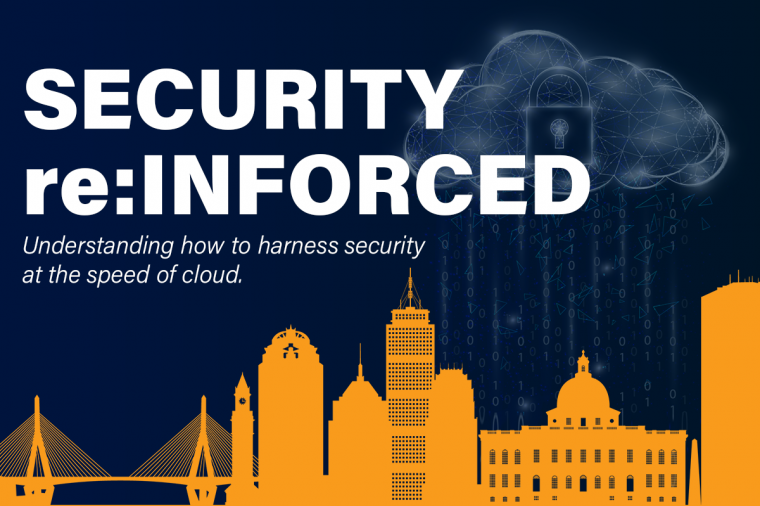
The Obama and Trump administrations may not have a lot in common. But encouraging federal agencies to move their computing workloads to cloud services providers has been a definite point of policy continuity.
Recall that during the Obama years, cloud and a fresh data center consolidation initiative roughly coincided. (I say “fresh” because of presidential findings that the government has too many computers dated at least to the Reagan administration).
Between the Obama and Trump years, though, the cloud rationale has expanded. Earlier -- when cloud itself was something of a new thing – the emphasis was on lowering operations and maintenance costs of data centers. The policy writers reasoned, by paying predictable costs for cloud services, agencies would free up money for new application development. And they would reduce the activities and expenses related to maintaining infrastructure.
That remains an underlying rationale. Data center consolidations and closures are still tracked by the Office of Management and Budget.
More recent policy—spelled out in the Report to the President on Federal IT Modernization and summarized in the President’s Management Agenda (PMA)—places cloud at the center of modernization itself.
The PMA refers to the modernization document quite clearly: “This report envisions a modern Federal IT architecture where agencies are able to maximize secure use of cloud computing...”
Modernization under current policy pushes agencies towards cloud and towards improved customer experience, the current term for service to the citizen. Cybersecurity also overlays the modernization directives. The modernization report goes into great detail on the importance of comprehensive security for both networks and data, encompassing both data centers and cloud resources. It recognizes the maturity of cloud cybersecurity
As the fiscal year gets underway in earnest, vendors need to realize that in some sense, everyone is in the cloud business. The cloud-only software providers aside, manufacturers of applications, development environments, artificial intelligence frameworks, data analytics, and cybersecurity tools must all be prepared with products that operate on-premise or from the cloud. For network and network service providers, a challenge will be helping agencies deal with the multiplicity of connections between their own premises and the clouds they use, as well as the protection and performance of agency traffic increasingly moving among clouds.
Agency technology staffs want this type of activity abstracted, but they also want transparency and audit trails.
All of this may be modern, but no one ever said it’s simple.

















































